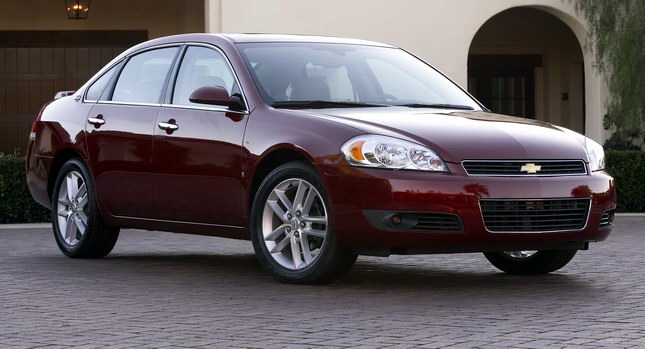On June 29, a woman named Donna Trusky filled a class-action lawsuit against General Motors in Detroit. The subject was a defect in the suspension rods of the 2007-2008MY Chevrolet Impala, which caused the tires to wear prematurely – in Trusky’s case, after only 6,000 miles. As it turns out, GM had warned police departments about the issue and fixed the defective rods, but it did not do the same on the civilian cars.
General Motors seeks to dismiss the lawsuit, which could cost it millions of dollars as it potentially affects more than 400,000 cars. The company’s argument is that the warranty claim was honored by its predecessor, General Motors Corp, which is now called Motors Liquidation Co – or “Old GM”, after its 2009 bankruptcy and the subsequent bailout by the US government.
The “New GM”, the company claims, didn’t assume responsibility to recall the Impala, only to make repair “subject to conditions and limitations stated in express written warranties”.
In other words, the “New GM” says that Trusky is after the wrong company: the one she should be after is the now bankrupt “Old GM”. This argument held in court earlier this year in a case about the OnStar navigation system.
John Penn, former president of the American Bankruptcy Institute and currently a partner at Haynes and Boon in Texas, comments: “The question of successor liability is common for companies that go through bankruptcy.” He is also not surprised by Trusky’s predicament: “This type of issue was widely discussed during GM’s bankruptcy. The court will need to evaluate the claims to see if they fit within any cubbyhole of liability that New GM assumed”.
Story Source: The Chicago Tribune
PHOTO GALLERY










